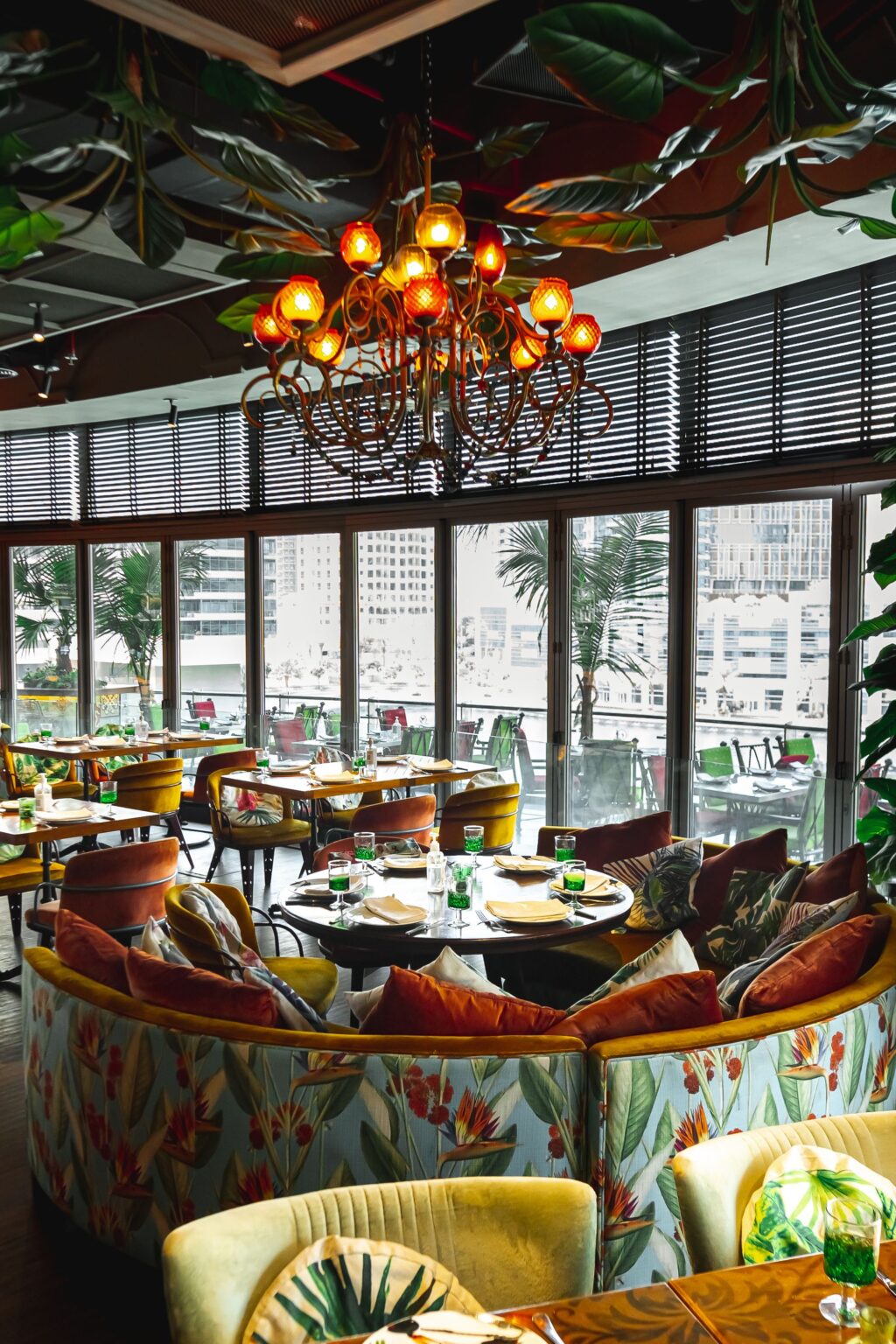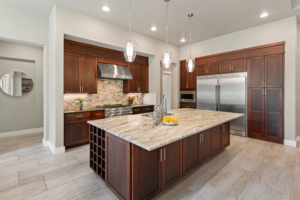Tips To Plan A Successful Restaurant Menu

Creating a successful restaurant menu is an important part of delivering a great dining experience and driving profitability. A well-planned menu for a Marina restaurant showcases your restaurant’s culinary identity and also attracts and retains customers. Whether you’re starting a new restaurant or updating an existing menu, here are some tips to help you create a successful and enticing restaurant menu.
Understand your target customers:
Before planning your menu, it’s essential to know who your target customers are. Consider factors such as age, preferences, dietary restrictions, and the local demographic. Are you catering to families, business professionals, or food enthusiasts? Understanding your audience allows you to design a menu that appeals to their tastes and dining habits. For example, a younger crowd may prefer trendy dishes like vegan options or fusion cuisine, while a more traditional audience may appreciate comfort food and classic dishes.
Keep it simple and focused:
A successful restaurant menu doesn’t need to be overwhelming with too many choices. Offering a concise and focused selection of dishes allows you to maintain quality and consistency. Too many items can confuse customers and burden your kitchen staff, leading to longer wait times and inconsistency in the food. Aim for a menu that highlights your restaurant’s strengths—whether it’s a signature dish or a few well-executed options in each category (starters, mains, desserts).
Balance variety with specialization:
While keeping the menu simple is important, you should still offer enough variety to cater to different tastes and dietary needs. Ensure to include a mix of options for vegetarians, meat-lovers, and health-conscious diners. Balance this with some unique or specialized dishes that differentiate your restaurant from competitors. For example, if you specialize in Italian cuisine, a few unique pasta dishes or regional specialties can set you apart.
Focus on pricing and profitability:
Pricing your dishes appropriately is important for the success of your restaurant. Each item should be priced based on ingredient costs, preparation time, and perceived value. Additionally, you want to ensure your menu items have a good profit margin. High-profit items like beverages, appetisers, and side dishes should be strategically placed on the menu to encourage customers to order them.
Use descriptive and engaging language:
How you describe your dishes can greatly influence a customer’s choice. Use descriptive and appealing language to make your food sound delicious and enticing. Instead of simply listing ingredients, focus on the flavor, preparation method, and any unique elements of the dish. For instance, “slow-roasted lamb with rosemary and garlic” sounds more appetising than “roast lamb”.




